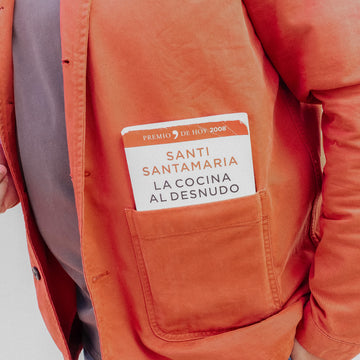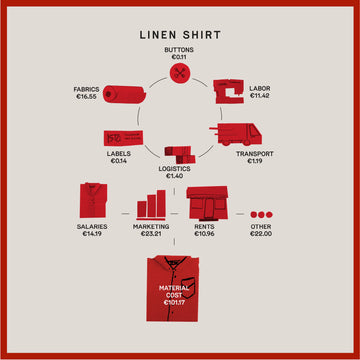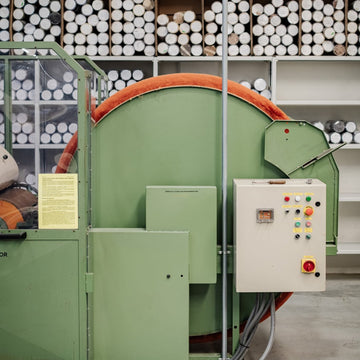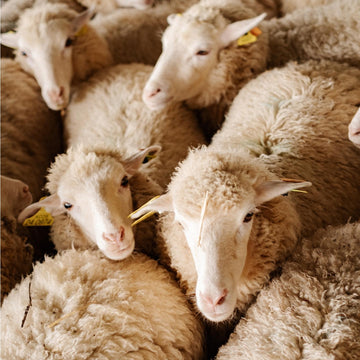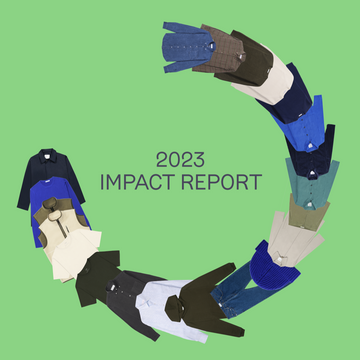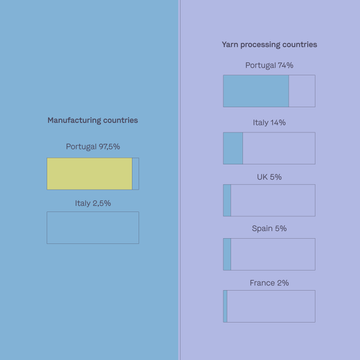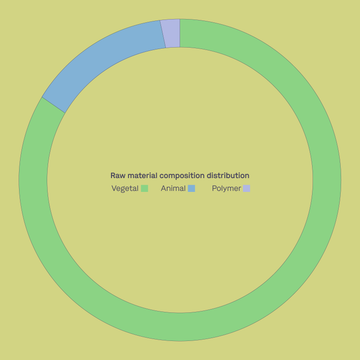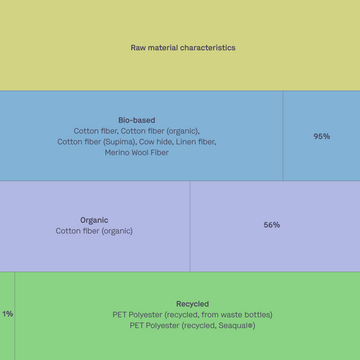At ISTO., transparency is everything. We've been disclosing as much information as possible for years now and the next step - also one of 2023's commitments - seemed quite obvious: to trace our products, from fiber extraction all the way to the finished product, and have more control over our supply chain, so we, as a brand, and you, as a consumer, can keep track of our environmental footprint. This time, we used the knowledge of an external, third-party auditor to ensure partiality and assess the traceability and lifecycle assessment of most our products, including how much water it takes to produce, their energy consumption and CO2 emissions.
THE IMPACT REPORT
EXPLAINED
To acknowledge our products' traceability and know our impact so we can actually make something about it, we need to truly understand it first. That's what we did.
Traceability is all about tracking, defining, and determine all the steps in our value chain, from raw material extraction to point of sale.
The full product lifecycle analysis (LCA) assesses their carbon footprint following a cradle-to-gate approach, meaning the environmental impacts associated with a product are calculated from the extraction of materials to production, including transport and packaging used. It measures all the activities that occur within the factory
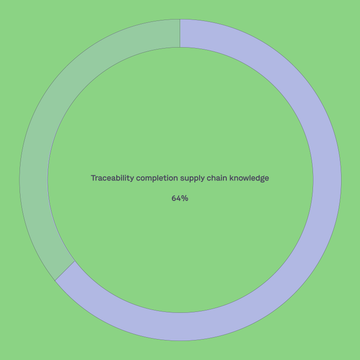
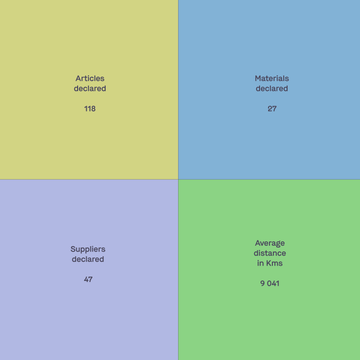
HOW THE SCORING
WORKS
The traceability score and LCA are broken down into different processes: raw material, material process, wet process (material and article level), manufacturing, transport and packaging.
Products are given a score based on the knowledge of their supply chain: the name of the different suppliers, as well as their country of origin. The more we know about the supply chain, the higher the score.
The traceability rating methodology groups suppliers depending on their life cycle stage. Three different supplier groups are defined: Raw material suppliers, Material suppliers, and Article suppliers. For each article, the methodology gives each group the same weight, meaning ⅓ of the final traceability score.
TRACEABILITY OVERVIEW
Traceability is a work in progress, and we are fully committed to this challenge, but the reality is we are not there yet. 62% of our products are traceable, and we intend to keep increasing this number day by day. Get to know the traceability scores across our permanent collection:
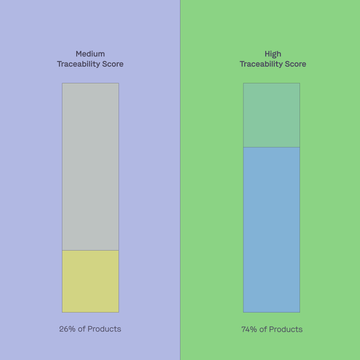
Product traceability tracks and determines all the steps in our supply chain, from raw material extraction to the finished product (cradle-to-gate), also including the transport and packaging used.
Traceability Score: 64 %
The Life Cycle Assessment (LCA) is a standardized methodology that quantifies the potential environmental impacts of a product over its life cycle, including water consumption and carbon emissions.

 1,5L water bottles
1,5L water bottles

 Days of use of a 40W LED light bulb
Days of use of a 40W LED light bulb

RAMBLINGS ON LIFE AND RECEIVE 10% OFF YOUR FIRST ORDER





